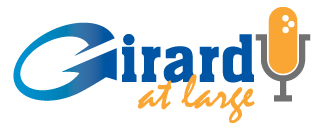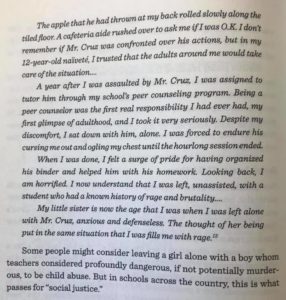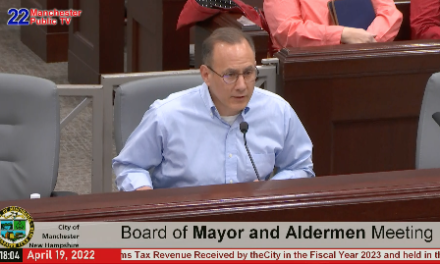Schools across New Hampshire have begun implementing Social and Emotional Learning (SEL). According to the Rand Corporation,
“The reauthorization of the U.S. Elementary and Secondary Education Act, referred to as the Every Student Succeeds Act (ESSA), emphasizes evidence-based interventions while giving states and districts new flexibility on the use of federal funds, including funds that could be used to support social and emotional learning (SEL).”
After the horrific school shootings, there has been enormous pressure on schools to take over the role of addressing the mental health of the students they serve. But is this a wise decision? The U.S. Secretary of Education, Betsy DeVos recently said of the state of public education, “we’re in trouble.”
If public schools are struggling to teach children math, reading, science and the other core subjects, how can we expect them to handle the sensitive issue of mental health?
How much more can the local public school do to raise America’s children? They are already dabbling in alcoholism, sex ed, drug use, and every other social ill. Have we put too much on the shoulders of school personnel and, should we put the mental health of children on their shoulders too?
Mental health problems in children are not new. School administrators have tried to tackle these issues in the past, but there can be problems when school personnel take on serious issues like, depression, suicide, anxiety, anorexia, trauma, etc. There are many examples where children have been put in danger by well-meaning school personnel who’ve tried to address these serious issues in the classroom.
One of the more dangerous examples happened at Columbine High School the same school district where two students murdered 12 students and one teacher in 1999. Columbine offered a class on death education. In one report on 20/20, the focus on suicide prevention actually led one student to consider suicide.
This is why the idea of assessing or treating the mental health of students should be left up too educated and, trained professionals. If a child has cancer, they need to be assessed and treated from a medical doctor who specializes in childhood cancer. Some of these mental health issues are just as serious and, requires professional treatment. A child psychologist who specializes in assessing and treating children should be the one addressing the mental health of children. However, we are seeing this important duty placed on the shoulders of teachers, counselors and even students. This is too important to get wrong.
In an article from The Laconia Daly Sun titled, “These kids look out for one another,” it was reported that students are going through six hours of training through the Connect Project to recognize signs of depression and suicide risk in fellow students.
Everyone wants to jump in and try to prevent suicide, but it was also reported that, “This semester Gilford High is taking the principle of Connect a step further, training student counselors who will have office hours twice a week starting in December, for students who would rather speak to a peer. Student counselors learn active listening skills, how to set boundaries, the limits of confidentiality, and when it’s important to inform a grownup…” Students who receive a six hours of training are now going to address their peers’ mental health issues.
They list some of the issues teenagers are dealing with including, “Depression, anxiety, trauma, substance abuse, eating disorders, maladaptive levels of perfectionism that increase feelings of stress and unworthiness, sexual assault and rape, and trauma and domestic violence at home. Those have all been shown to raise the suicide risk in children and teens, according to the National Association of School Psychologists and experts who study suicide.” Children will now be counseled by their peers who have no professional education or training in the field of child psychology. Where could this end up? Is this as dangerous as it seems?
The Connect Project put forth by NAMI NH, appears to be trying to tackle the important issue of teen suicide. Unfortunately, some of what they are doing is similar to what students were doing at Stoneman Douglas High School in Parkland, Florida where Nikolas Cruz killed 17 people and injured 17 others.
In the book, “Why Meadow Died, The people and policies that created the Parkland Shooter and Endanger America’s students,” the authors, one of whom is the father of Meadow, explains how policies led to the tragedy that took his daughter’s life. The excerpts below talk about how peer counseling was used on Nikolas Cruz and, how that presented serious problems for one of the student’s who was counseling Cruz.






Nice to see your work here Rich, much respect to you!
Thanks, but all credit goes to Ann Marie Banfield for this article!